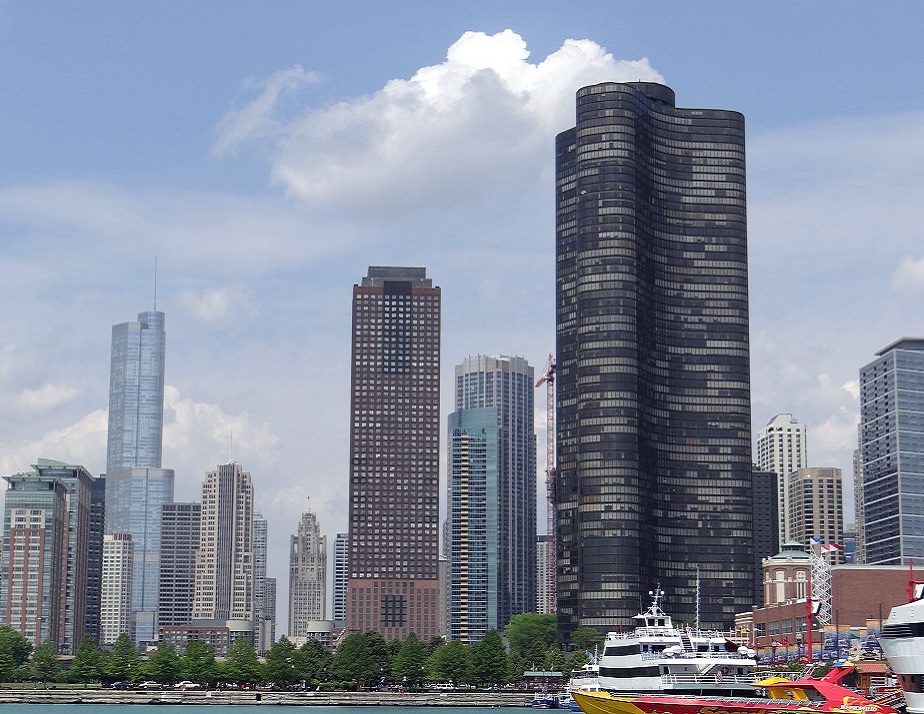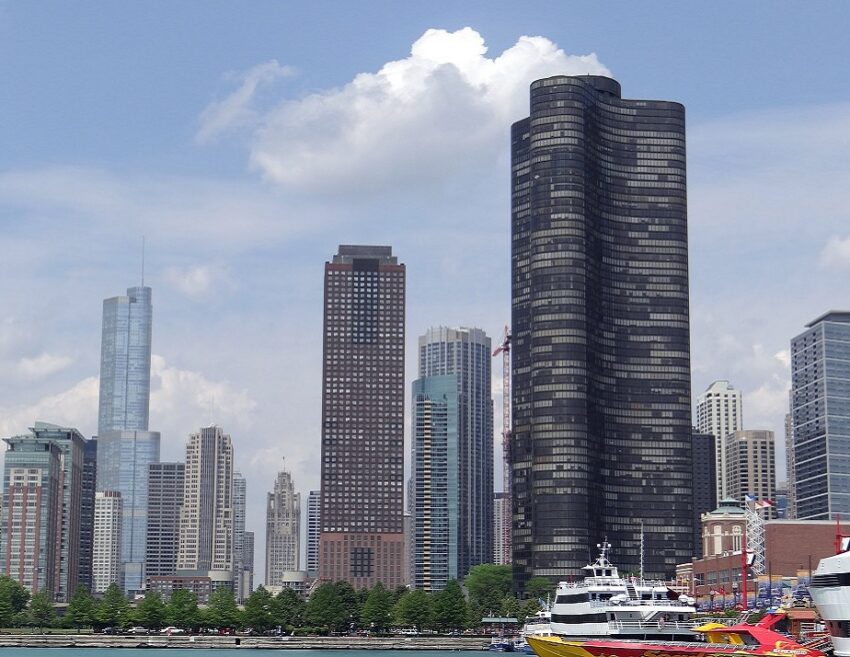Chicago has come up as a new point of congestion in the international supply chain. The traffic congestion in the commercial hub of the USA has sort of choked the transportation and logistics industry which is grappling with the influx of imports from Asia to the freight hub in the Midwest. The topic for today’s blog is the congestion in Chicago and the way in which it is impacting the normal functioning of the transportation and logistics industry.
The importance of Chicago as a freight hub
Chicago is the USA’s premium freight hub that handles containers coming by rail from the ports on the West Coast. Additionally, almost 50% of intermodal trains and 25% of freight trains in the USA travel over Chicago. Furthermore, Chicago also serves as North America’s major intersection point for Eastern and Western railroads.
Chicago is the container handling hub where boxes coming via train from the West Coast ports are loaded onto trucks for movement to their final destination. Therefore, one can imagine how freight congestion in this city can spell out disaster for logistical operations throughout the country.
The causes leading to the traffic congestion in Chicago
Increased demand for goods
Since the pandemic, we have seen a sharp spike in the demand for consumer goods in the USA. Moreover, supply chain bottlenecks all over the globe have caused low retail inventories. Sellers are having a hard time finding products to fill their shelves. To cope with the increased demand the retailers are trying to get a massive volume of items to their distribution centres. As a result, the capacity of the logistics operators is seriously strained. Moreover, they presently have to move the shipment via choke points such as Union Pacific Global 4 terminal in Joilet, just outside the city.
Truck chassis shortage
Additionally, in recent months freight forwarders are also dealing with the problem of truck chassis shortage. This is making it all the more problematic to bring the containers from the terminal to the warehouses. The resulting congestion is taking a toll on the timely unloading of the freight trains. Instead of one single movement from rail to trucks, the boxes are now kept in storage for a considerable time. Moreover, the workforce shortage and the equipment shortage are putting further pressure on the transportation and logistics industry. This implies that the traffic is also affecting the marine terminals in Long Beach and Los Angeles.

Port congestion and container shortage
The port congestion problem is yet another important factor that contributed to the bottleneck in the supply chain from Chicago. The capacity crunch, the container shortage along with the blockage of the Suez Canal is resulting in delivery delays. Presently, the rail freight industry in Chicago is still trying to cope with the vast number of arriving containers for onward movement. The container backlogs prompted Union Pacific to suspend services from West Coast to Chicago for a couple of weeks in June.
The problem of pipeline inventory
By pipeline inventory, we mean the shipments which are in transit between the links in the supply chain. These shipments can either be inbound shipments like raw materials for manufacturers or outbound shipments like finished goods for retailers. The supply chain disruptions have stacked up the pipeline inventories which in turn is exacerbating the current traffic congestion. For example, there are several pipeline inventories stuck at the UP Global 4. On the other hand, there is a build-up of pipeline inventory because of congestion at West coast ports and the rail freight congestion. Moreover, the recent congestion at the South China port has further piled up the inventory.
Repercussions of the traffic congestion at Chicago
The ongoing congestion problem has somewhat jeopardized Chicago’s key role in the movement of containers. The seven most important freight railways of the USA intersect at Chicago. Therefore, the congestion has led to operational difficulties since both outbound and inbound freight are synced with outbound trucks and rails.
Moving the containers by road freight from West Coast to the markets in the east is not commercially viable. This is because it leads to way more expenses than moving the goods by rail. Moreover, the movement of shipment by trucks is also taking up a lot of time leading to further delays. Nevertheless, shippers don’t have much alternative other than to wait as airfreight is an extremely expensive option. A number of logistics operators are reporting that their clients are diverting rail freight orders to Memphis, St Louis, and Kansas City. Additionally, the surge in demand is also hiking up the last-minute prices in these cities.
All these factors definitely leads to one conclusion- the retailers are going to be adversely affected by the Chicago traffic congestion. For this reason, they are trying to source the products well in advance to stock up their inventories. We can only hope that things start to get better in a few weeks so that there is no shortage of supplies before the peak holiday season commences.


